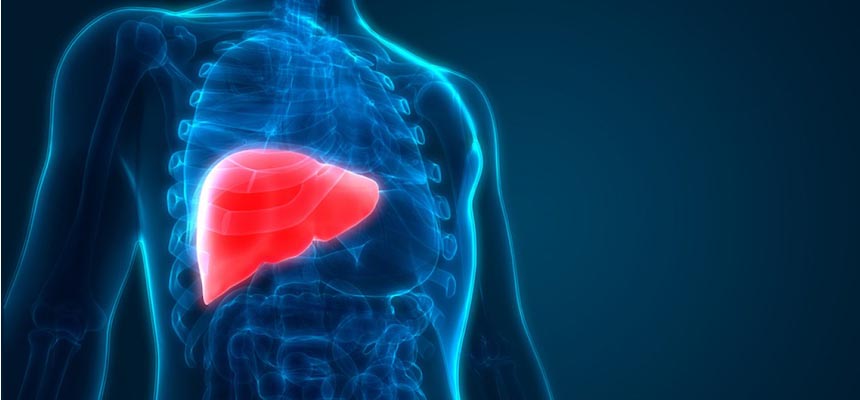Magnetic Resonance Therapy aids in regeneration of liver cells and reduces the need for surgery

The incidence of liver disease is on the rise, considering that there has been a widespread increase in the rates of alcohol consumption. Alcoholic Liver Disease is the third most common cause of liver transplants globally. Moreover, we are also witnessing a rise in the incidence of infectious diseases such as Hepatitis and Cancer of the Liver, which ultimately lead to liver failure. Although the Indian government has proposed measures to eradicate Hepatitis in the Country by the year 2030, the need of the hour is Novel Therapeutic Strategies to treat those already suffering from liver damage.
We may have heard that the liver possesses the ability to regenerate itself (return to a constant size) within a short period after injury. However, chronic exposure to toxins and medications scar the liver permanently and impair its regenerative ability. Having said that, remarkable advances have been made in the area of liver regeneration. The key is to capitalize on the regenerative capacity of the organ and make attempts to enhance the same. Regenerative medicine and cell-based therapy have the solution to this issue. Mesenchymal cells in our body are capable of self-renewal and differentiation into various cell types.
To understand the mechanism of how cell-based therapy helps in enhancement of liver function, let us look into the pathology underlying the disease. Hepatic damage induces a process of regeneration, like a reactive change/protective measure. When the disease progresses, cellular adaptations take place and the microenvironment of the organ changes, which may hamper normal functioning. Mesenchymal cells target this change in the microenvironment, and stabilize the deleterious changes through their anti-inflammatory and immunomodulatory property. Moreover, formation of newer hepatic cells with normal function is facilitated by transplantation of mesenchymal cells. These cells also possess paracrine properties that further enhance the function of other cells, thereby inducing a holistic healing response.
A supportive modality that enhances the effects of cell-based therapy is Nuclear Magnetic Resonance Therapy. This technology has been patented under the brand name MBST and has been creating waves in the field of Orthopaedics. The technology aids in regeneration of damaged cartilage and bone, thereby finding applications in treatment of Osteoarthritis and other sports related injuries. Recently, MBST has been studied in liver regeneration, based on the same principle of reducing the inflammatory burden and increasing blood supply to the organ. It is well known that hemodynamic factors trigger regeneration of the liver, thus MBST, by enhancing blood flow, aids in healing.
MBST is based on the principle that metabolism of tissues in the human body is controlled by electric and magnetic fields. In health, our body regulates the regeneration of cells and tissues with its own signals. However, in cases of tissue damage, there is interference in signalling mechanisms, which inhibits regeneration and repair. The proposed mechanism of action of MBST is the stimulation of hydrogen protons using radio waves, which creates a "high energy" state. This energy is then released in the same manner as in MRI and is absorbed by the surrounding tissue. On absorption of energy by the tissue, reactivation of regeneration of cells is initiated.
The combination of cell-based therapy and MBST will aid in definitive regeneration of liver cells and reduce the need for surgery and ultimately liver transplantation, which poses a huge challenge in the treatment of liver failure, due to shortage of donors.

 Disclaimer: Welthi.com does not guarantee any specific results as a result of the procedures mentioned here, and the results may vary from person to person.
Disclaimer: Welthi.com does not guarantee any specific results as a result of the procedures mentioned here, and the results may vary from person to person.









